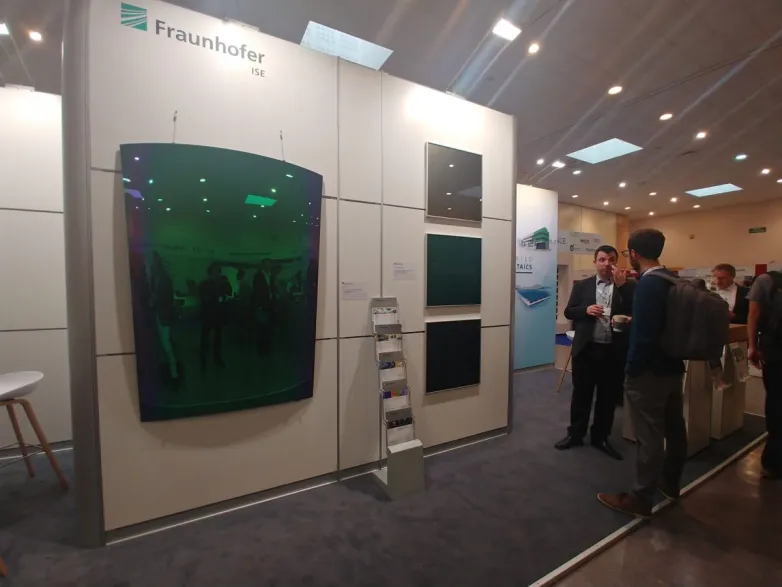Opportunities for integration: EU PVSEC 2019
Sep 10, 2019 09:18 PM ET
- Germany’s Fraunhofer ISE is presenting a wide range of solutions for integrated PV – alongside farming, vehicles, the built environment and more, at the 2019 EU PVSEC show happening this week in Marseille.

For solar to continue to realize its leading in the transition to clean energy sources, the need to optimize land use and reduce competition between PV installations and farmland or other uses, is a question that will need a definitive answer. Fraunhofer ISE estimates that in Germany alone, integrating PV with buildings and farmland represents an opportunity for several hundred gigawatts of PV.
“We see integrated photovoltaics as an opportunity for the German and European photovoltaics industry as well as for the trades, since it requires strongly individualized solutions and must be closely intertwined with upstream construction processes,” said the institute’s director Andreas Bett.
At EU PVSEC, Fraunhofer has demonstrated a range of colored modules, which it calls MorphoColor. These, according to the institute, can be manufactured in any color with only 7% relative efficiency loss, thanks to a specially designed glass coating.
On the road
Also on show is Fraunhofer’s solar car roof, which it says can achieve an output of 210 W/m², and boasts an attractive design with no visible cell structure. The roof features overlapping cells in a shingled connection set up, and the institute claims the technology has a particularly high shading tolerance that boosts module efficiency by as much as 2%.
And the road itself presents a further opportunity for PV. While ‘solar road’ projects have so far struggled to prove their practicality on the ground, Fraunhofer ISE notes that the potential to make dual use of so much space cannot be ignored: “Given that roughly 5% of Germany’s total surface area is covered by transportation routes, making use of already sealed horizontal surfaces opens up enormous technological potential,” reads a statement from the institute. “Solar modules that are integrated into roadways must offer a sufficient degree of traction for all road users, regardless of the weather conditions, requiring the development of durable, structured module surfaces.”
Ahead of these developments, floating PV has already proved itself a practical way for PV installations to avoid conflict with other land uses, and Fraunhofer ISE has also seen encouraging results in combining solar with farmland – finding that PV installations above arable land offer added protection to crops from extreme weather conditions, and also reduces both the need for irrigation and the cost, by having electricity available on site for water pumping. A study conducted by the institute since 2016 has demonstrated a 60–84% increase in land-use efficiency.
Also read

